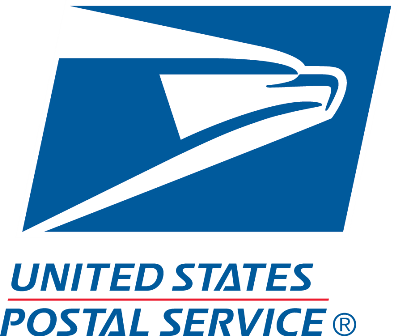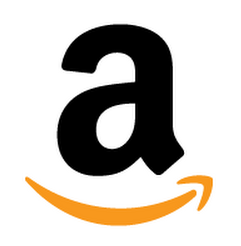How I Created An Inclusive Set Of Kitchen Tools For Kids
Hi! My name is Marci Heit, and I’m the owner and creator of Q.D. Foodie, a super fun lifestyle brand that keeps inclusion in mind. Our home products are designed to make everyday tasks not only more accessible but more joyful for everyone, too!
Our first pieces, seven Q.D. Foodie Kitchen Tools, are bright and colorful, like real fruits and vegetables, with sensory-friendly handles and braille on the measuring cups and spoons.
We sell both direct to consumers, as well as through wholesale, often to gourmet housewares stores. Our products are sold individually and as sets, so it’s easy to mix and match to suit the occasion. We love the reaction that people have to our products. They always bring smiles!

What's your backstory and how did you come up with the idea?
I’m a voiceover artist. I was living in Los Angeles and was with a large talent agency. This was before I had my own recording studio, so I was...

Download the report and join our email newsletter packed with business ideas and money-making opportunities, backed by real-life case studies.

Download the report and join our email newsletter packed with business ideas and money-making opportunities, backed by real-life case studies.

Download the report and join our email newsletter packed with business ideas and money-making opportunities, backed by real-life case studies.

Download the report and join our email newsletter packed with business ideas and money-making opportunities, backed by real-life case studies.

Download the report and join our email newsletter packed with business ideas and money-making opportunities, backed by real-life case studies.

Download the report and join our email newsletter packed with business ideas and money-making opportunities, backed by real-life case studies.

Download the report and join our email newsletter packed with business ideas and money-making opportunities, backed by real-life case studies.

Download the report and join our email newsletter packed with business ideas and money-making opportunities, backed by real-life case studies.


































